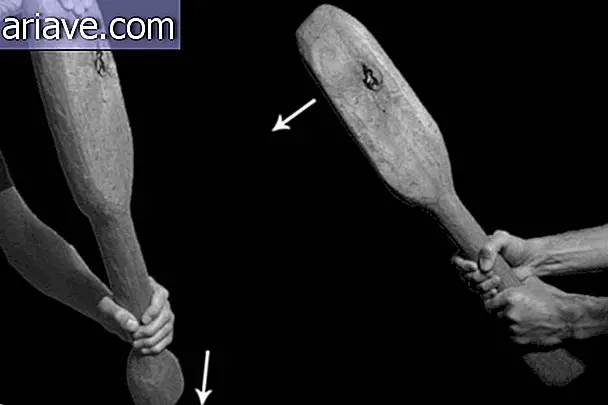Alleged Viking warrior could have been a Slavic migrant
The remains of a woman carrying an ax were found in a Viking cemetery in the town of Langeland, Denmark. Archaeologists first identified her as a Viking warrior, but new studies conducted at the University of Bonn in Switzerland suggest that she was actually a Slavic migrant from what is now Poland.
The research was done by Leszek Gardela, a Viking-age archaeologist at the University's Department of Scandinavian Languages. According to him, "so far no one has paid attention to the fact that the ax found in the grave comes from an area of southern Baltic, possibly present-day Poland."

Gardela is working on the Amazons of the North project - Armed Females in the Viking Age which studies 9th and 10th century Scandinavian graves. According to him neither the ax nor the shape in that she was buried fit into the Viking molds. "The presence of Slavic warriors in Denmark was more significant than previously thought. During the Middle Ages, this island was a cultural melting pot of Slavic and Scandinavian elements, " reports the researcher.

The work of archaeologists is complicated by the poor preservation of the graves found. It is often difficult to identify the sex of the remains found, and even when it is identified, it is difficult to know what one's occupation is in Viking society. Despite the folklore of Vikings warriors, Gardela believes women used weapons only occasionally in rituals or for self-defense.
However, at least one warrior has already been confirmed through DNA. A body found in Birka, Sweden, in 1878, heavily armed and buried with horses, was identified as a woman, probably a knight archer and military strategist.











